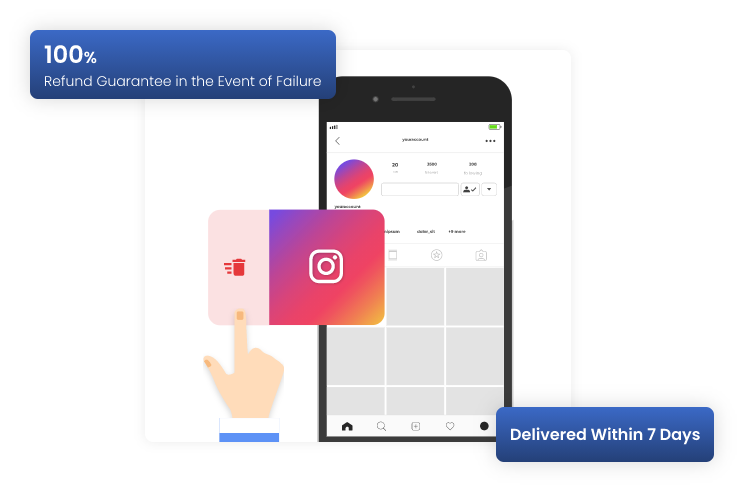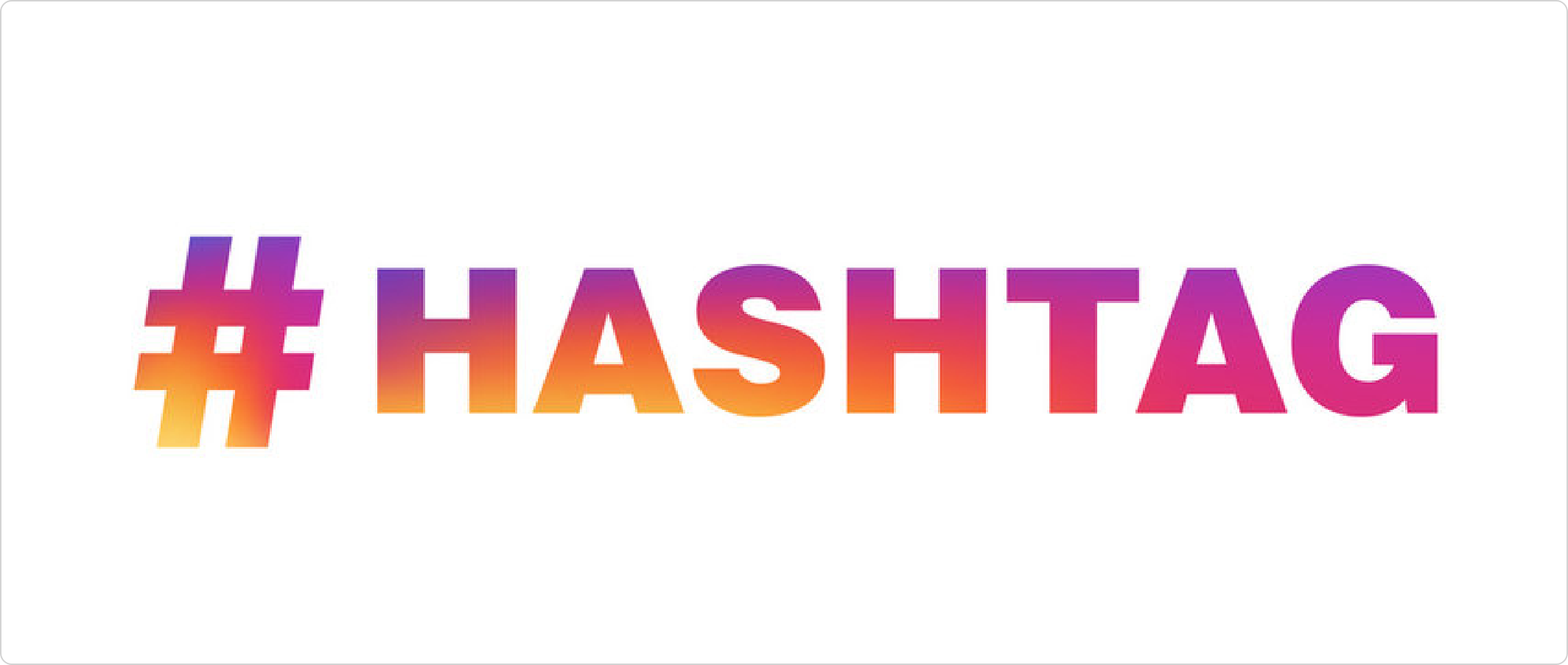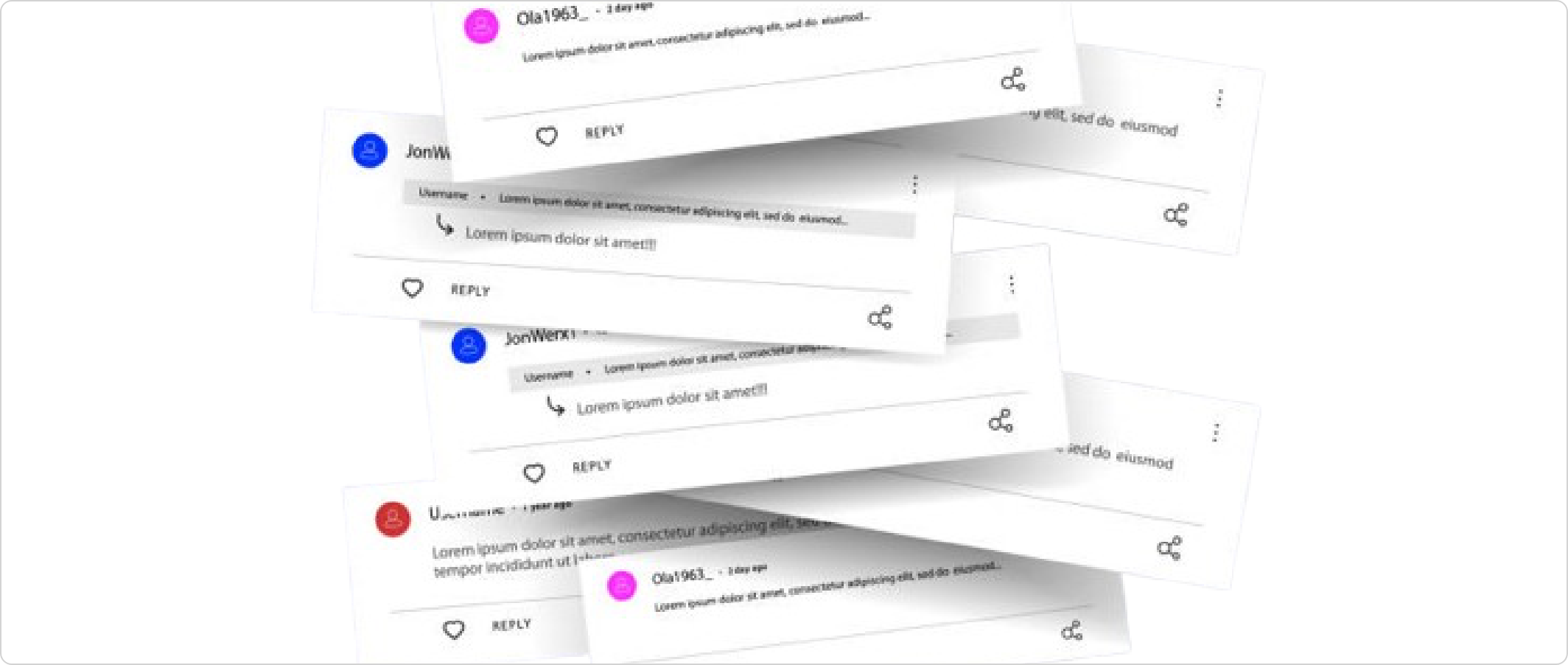
How Many Reports Does It Take to Get Banned on Instagram?
Dealing with problematic accounts on Instagram – whether it’s a competitor spreading defamatory content, someone impersonating you, or a user blatantly violating community guidelines – is far from a simple task. Reporting them doesn’t always result in removal, and dealing with Instagram’s moderation system can feel like a lot.
Introduction
This article will uncover some of the lesser-known methods you can use to report and ban the account in question for good. However, understanding the rules is the first step to bending them to your advantage. Let’s get to that first.
Table of Contents
Why Mass Reporting Doesn’t Always Work?
One of the most common strategies people attempt to get an Instagram account banned is mass reporting.

If enough people report an account for violating Instagram’s community guidelines, it should get banned, right?
Unfortunately, it’s not that straightforward. Instagram’s moderation system has built-in protections to prevent this kind of misuse, primarily through its trust score system. What is the trust score system?
Trust scores play a key role in how Instagram evaluates accounts. These scores are built over time, factoring elements like the age of the account, the amount of engagement it receives, and whether the account has a history of violations.
Thus, well-established accounts with consistent engagement and zero violations will have high trust scores, making them resistant to mass reporting.
For instance, for high-profile accounts like @therock, no amount of mass reporting will do much.
These accounts are considered “high trust” and practically untouchable by mass reports. But if the accounts you want to get banned are relatively new or low-trust accounts that lack a verified history of engagement, such cases are much more vulnerable to mass reporting.
A single report from a user can sometimes trigger a ban.
Thus, before you opt for the mass reporting method, beware of the strong and weak accounts, to predict the effectiveness.
Of course, mass reporting is an option, but it’s rarely useful when dealing with accounts that have built up significant trust on the platform.
For obvious reasons, such accounts are treated with extra care by Instagram’s moderation team, so banning them due to a few reports would require substantial justification.
Keep reading—you’ll find the strategy that works best.
How to make the appeal process work for YOU
Okay, let’s say mass reporting worked in your case, and it got the account banned, will the account be gone for good?

Not necessarily. Because Instagram allows banned accounts to appeal, and in many instances, these appeals are successful—especially for accounts with limited history of violations.
So, what’s next for you? As the reporter, you can challenge Instagram’s decision if they dismiss your initial report or reinstate the account.
And to do this effectively, you’d need to present stronger evidence; something that explicitly shows a clear violation of Instagram’s policies.
For example, offensive content hidden in captions, stories, or even private messages often doesn’t get flagged until it’s highlighted during an appeal.
That’s where recording the evidence comes in. Take screenshots of posts, offensive comments, or direct messages that breach Instagram’s guidelines.
If the account is involved in impersonation, copyright infringement, or defamation, make sure to use Instagram’s dedicated reporting tools for those issues.
In some cases, Instagram may conduct an internal audit of flagged accounts.
If a certain account suddenly has a dramatic increase in followers or engagement—possibly due to buying followers or bots; it could trigger an investigation.
During this audit, Instagram examines the account’s content, history, and engagement patterns more closely, which can result in a more definitive outcome.
If the standard process falls short opt for Meta’s Central Escalation Support (CES).
Maximatic Media has direct access to Meta’s CES (Central Escalation Support) system, which allows us to handle complex account removals that simple reporting can’t resolve.
To access CES, you need an agency business manager account and significant ad spend—Maximatic Media has both.
Using CES, experts at Maximatic Media quickly and efficiently remove accounts that are impersonating your brand, spreading defamatory content, or infringing on your trademark.
Mass reporting can’t solve these types of issues, but with CES, we get offending accounts permanently disabled within 72 hours—no appeals, no chance for recovery.
Plus, we can even have offenders banned by their IP, making it impossible for them to create new accounts. Meta treats these cases with high priority, and the decisions made through CES are usually final.
Instagram Content Removal Service
Remove damaging or defamatory Instagram accounts or content with Maximatic Media’s Instagram removal service!

Lesser-Known Strategies That Will Work
Sometimes, the standard path doesn’t seem to deliver immediate results, that’s where the less conventional, questionable even, strategies come.
These strategies may not directly violate Instagram’s policies, but they’re manipulative; making them fall into the gray area.
Maximatic Media doesn’t endorse or encourage any of these tactics.
You’ll be trying at your own risk.
Hashtags Tactic
Hashtags are an important tool for visibility on Instagram, which also works in the case of reporting scenarios.
The goal here is to make the target account appear as though it’s violating Instagram’s guidelines.

How to do that? As the name of the method suggests, encouraging or manipulating the target account to use banned or spammy hashtags (or tagging their posts with these hashtags without their knowledge, in some cases), will trigger Instagram’s moderation system.
Instagram’s algorithm automatically flags posts with hashtags that are banned or known for spammy behavior (i.e. hashtags associated with explicit content or misinformation).
When flagged, these posts might get hidden from feeds, marked as violating community standards, or prompt Instagram to review the account.
And if you repeatedly flag the account due to hashtag violations, Instagram’s system may view it as suspicious or non-compliant. Over time, this can lower the account’s “trust score,” increasing the chances of restrictions or even a ban during a future review. One way is to trick people into using problematic hashtags, either by suggesting specific ones or by amplifying their posts in a way that adds these hashtags automatically.
This creates a pattern of violations that Instagram’s AI could misinterpret, and if it perceives the target account as a consistent violator, it might restrict or ban it, especially if these violations align with reports from other users.
While this tactic doesn’t technically break the law, it’s risky. Instagram’s algorithms are continuously evolving to detect such behavior.
If the system identifies you as the source of the hashtag abuse, your account could face warnings, reduced visibility, or even suspension.
Comment Bombing
Comment bombing involves flooding the posts of that account with an excessive number of repetitive or spammy comments.

Again, you want the target to appear suspicious to the algorithm, to trigger Instagram’s moderation system into reviewing the account, potentially restricting it.
Hundreds of comments flood a single post, often with irrelevant or repetitive content or low-quality like emojis, meaningless text, or gibberish), and the system may flag it as suspicious activity.
Instagram monitors user interactions to detect spam-like behavior. Such comments can make the account look untrustworthy or shady.
This could prompt other users to report the account, reinforcing Instagram’s moderation algorithm to take a closer look.
If the account is repeatedly targeted with comment bombs, Instagram might escalate its review process, potentially restricting or banning the account if violations are detected during the review.
While this doesn’t technically violate any laws, it’s clearly unethical.
Instagram might even detect the behavior and penalize the accounts behind it, so use it at your own risk.
Reporting Violations in Non-English Languages
This tactic basically involves exploiting regional and linguistic gaps in Instagram’s moderation system.

While Instagram’s content moderation is generally strong, its effectiveness can vary depending on the language and region in which violations are reported.
It relies on both algorithms and human moderators to review reports. However, most resources are focused on widely spoken languages like English, Spanish, and French.
Thus, reporting an account in a less commonly spoken or monitored language may bypass stricter oversight, as flagged accounts in such cases often face fewer checks before penalties are imposed.
By reporting violations in languages that have fewer dedicated moderators or weaker automated review systems, you may use a potential blind spot in enforcement.
Get in touch
Got a query that Nikolas Lemmel can help you with?
The Risky Methods to get an account banned

The thing about loopholes is that they might seem like an attractive shortcut, but they come with risks. If they work, great. If not, they could backfire dramatically.
However, the methods mentioned below not only violate Instagram’s terms of service but could also land you in serious legal trouble.
They might offer quick fixes, but the long-term fallout isn’t worth it.
Mass Reporting via Bots
Yes, mass reporting again, but using bots this time (still, keep the score in mind).
This method automates the reporting process using bots to inundate Instagram with fake complaints against an account.
That will alert the algorithm/Instagram’s moderation system and get the account flagged for review.
Remember, it’s a direct violation of Instagram’s policies. If detected, both the reported account and those using bots risk permanent bans.
Plus, bots leave a traceable digital footprint, making this method easy to locate.
Fake Copyright Complaints
Filing a fake DMCA takedown aims to remove someone’s content by claiming intellectual property infringement.
Why this? Because Instagram often acts quickly on DMCA complaints, temporarily taking down flagged content.
This is straight-up illegal.
If caught, you could face lawsuits, hefty fines, and permanent account bans for abusing the system.
False Legal Notices
This involves fabricating lawsuits or impersonating authorities to pressure Instagram into removing an account.
Legal threats might create urgency, causing Instagram to act without thorough verification.
It’s a criminal offense. Platforms know very well when it comes to spotting these scams and may involve legal teams.
The risks include severe penalties or even criminal charges. Most probably don’t indulge.
Bot Follower Flooding
As the name suggests, this strategy means overwhelming an account with fake followers or engagement to make it seem suspicious.
A sudden spike in activity might draw Instagram’s attention and trigger an investigation.
It’s a violation of Instagram’s policies. The platform might penalize both the targeted account and the instigators if they’re caught.
While these tricks might seem tempting, the long-term risks usually outweigh any quick rewards. Using shady methods could get you into legal trouble, and even questionable tactics can damage your reputation. If you’re thinking about trying these, keep in mind that Instagram is always updating its systems. What works today might not work tomorrow.
Instead, focusing on legitimate strategies, like those offered by Maximatic Media—is a safer and more effective way to achieve your goals.
These methods follow Instagram’s rules and will help you reach your goals without the risks.
Check out other Blogs

How to Report an Instagram Account and Get It Deleted: A Complete Guide
Today, social media platforms like Instagram play a huge part in how we interact. Althoug…

How to Delete a Fake Facebook Account Created by Others: A Step-by-Step Guide
You’ve noticed it – a Facebook account that …

How to Get Someone Banned on TikTok: A Step-by-Step Reporting Guide
Have you ever come across a TikTok account that just doesn’t belong? Maybe it’s someon…

